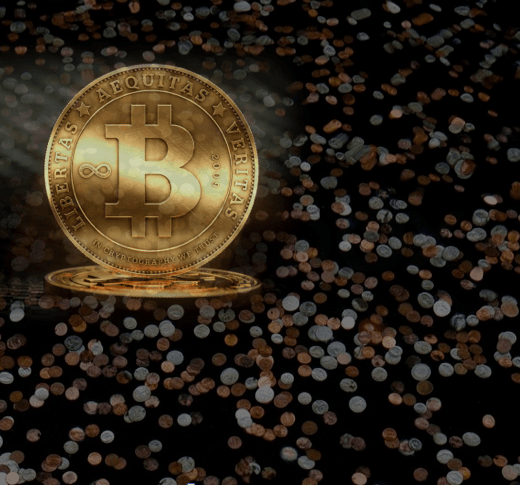The US dollar rebounded against a basket of world currencies on Thursday, as retail sales rose faster than forecast in July, suggesting consumer spending was gaining traction at the start of the third quarter.
The dollar index, a weighted average of the greenback against six global currencies, climbed 0.3% to 96.53. The dollar index plunged 1% on Wednesday to its lowest level in a month as China’s yuan devaluation continued to roil the markets.
The dollar was supported by a stronger than expected rise in retail sales. US retail receipts rose 0.6% in July, the Department of Commerce reported on Thursday. Economists forecast an increase of just 0.5%.
The June rate was revised up to show no change instead of the previously reported 0.3% decline.
So-called core retail sales, which strip away automobiles, gasoline, building materials and food, rose 0.3% in July after a revised 0.2% increase the previous month.
Combined with an upbeat employment report showing the creation of 215,000 new jobs in July, the retail sales figures add to the view that the US economy was gaining momentum at the start of the third quarter. Gross domestic product accelerated 2.3% annually in the second quarter, official data revealed last month. According to economists, upbeat June data could push the Q2 growth rate up to at least 3%.
The Commerce Department will issue its revised Q2 estimates later this month.
Despite the increase, the financial markets have shifted their expectations about when the Federal Reserve could begin raising interest rates. Earlier this week Fed Vice Chairman Stanley Fischer told Bloomberg TV that inflation remains too low to justify a September rate hike. Combined with the recent devaluation of the yuan, the US central bank could wait until December to begin adjusting rates.
The dollar rebounded against the euro on Thursday, with the EUR/USD backtracking 0.6% to 1.1090. The common currency was under pressure after the minutes of the July European Central Bank rate meetings showed policymakers were concerned about low inflation and disappointing economic growth.
Inflation in Europe’s largest economy remained very low in July. Germany’s harmonized index of consumer prices rose 0.3% in July, unchanged the form the previous month, Destatis reported on Thursday.
The German government’s CPI measure came in at 0.2% annually in July, also unchanged from the previous month.
The European Commission will report on euro-wide inflation today.
Both Germany and the Eurozone will also release preliminary Q2 GDP data today .
.
Tradersdna is a leading digital and social media platform for traders and investors. Tradersdna offers premiere resources for trading and investing education, digital resources for personal finance, market analysis and free trading guides. More about TradersDNA Features: What Does It Take to Become an Aggressive Trader? | Everything You Need to Know About White Label Trading Software | Advantages of Automated Forex Trading


































